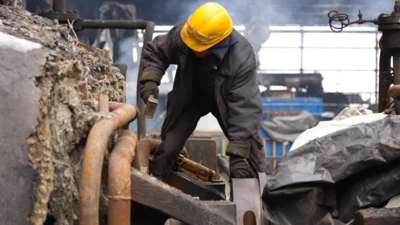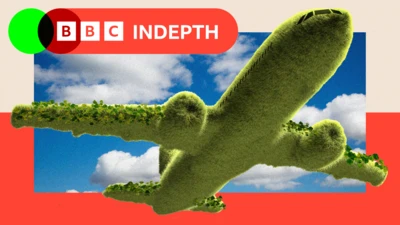We've updated our Privacy and Cookies Policy
We've made some important changes to our Privacy and Cookies Policy and we want you to know what this means for you and your data.
New seaweed discovered 100m below Antarctic Ocean
Image source, Getty Images
Scientists have discovered a new kind of seaweed 100 metres below the surface of the Antarctic Ocean.
Researchers found the red alga, Palmaria decipiens, and successfully collected samples to examine further.
The team, including researchers from the University of Aberdeen, found the seaweed using a remotely operated vehicle (ROV).
Researchers say the discovery is "important for furthering our knowledge of Antarctica".
The seaweed was discovered by a team of researchers working at the Rothera Research Station on Adelaide Island, off the south-western Antarctic Peninsula.
The project, funded by the UK Natural Environment Research Council (Nerc), set out to clarify the maximum depths that seaweed could grow in Antarctica, using a ROV from a small boat.
DNA sequencing was then used to confirm the type of seaweed.
'May live even deeper'
Prof Frithjof Kuepper, from the University of Aberdeen, said seaweeds play a "huge role" in protecting the environment.
He explained: "We know that carbon capture will be crucial to limiting global warming as we move forward, and seaweeds sequester large amounts of CO2.
"Seaweeds have the potential to play a huge role in protecting the environment by storing carbon at the bottom of oceans when they die and reducing ocean acidification."
He added that seaweeds are also an important food source for animals and fish and are used in a variety of cosmetic and pharmaceutical products.
He said that this discovery shows that seaweeds can live at least in depths of100 metres in Antarctica, but they may live even deeper.
Ben Robinson, of the British Antarctic Survey and University of Southampton added: "In Antarctica, icebergs scour and remove seaweed from the shallows, leading to lots of loose seaweed at depths where it is no longer attached to the seafloor.
"Due to cold temperatures, it can take many years for these loose seaweeds to even start breaking down, so we could not rely on appearance. We needed to use an ROV to test and collect seaweed to confirm whether they were attached to the seafloor and to confirm a new depth limit for seaweed."
Top Stories
More to explore
Most read
Content is not available








